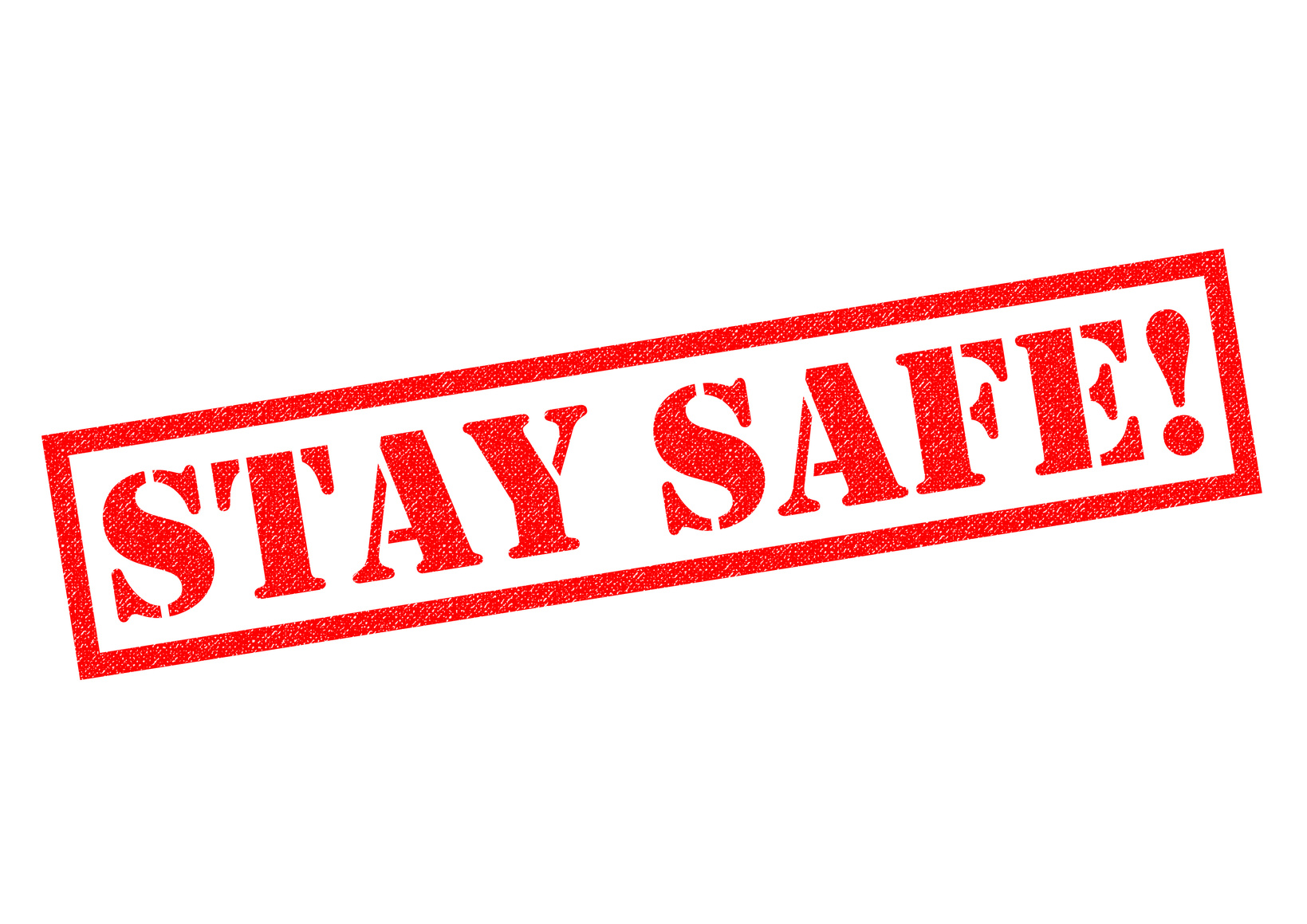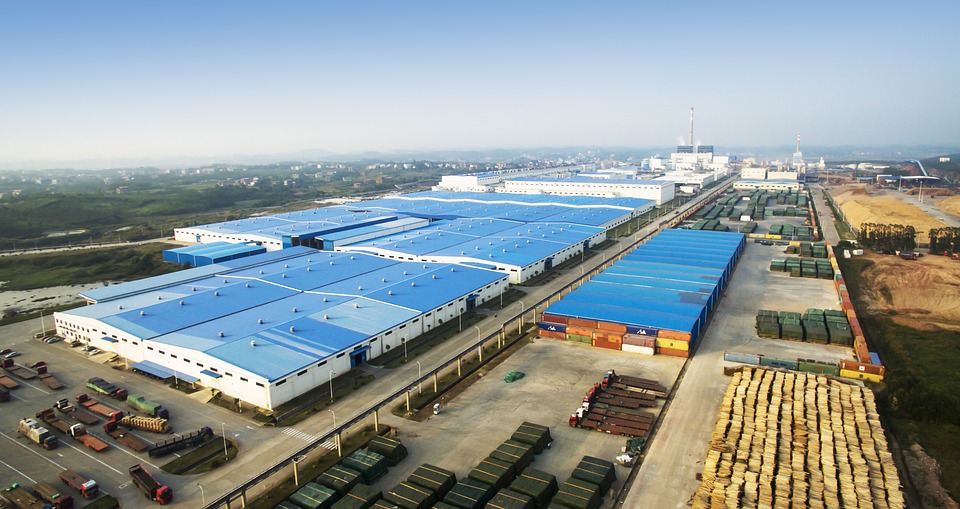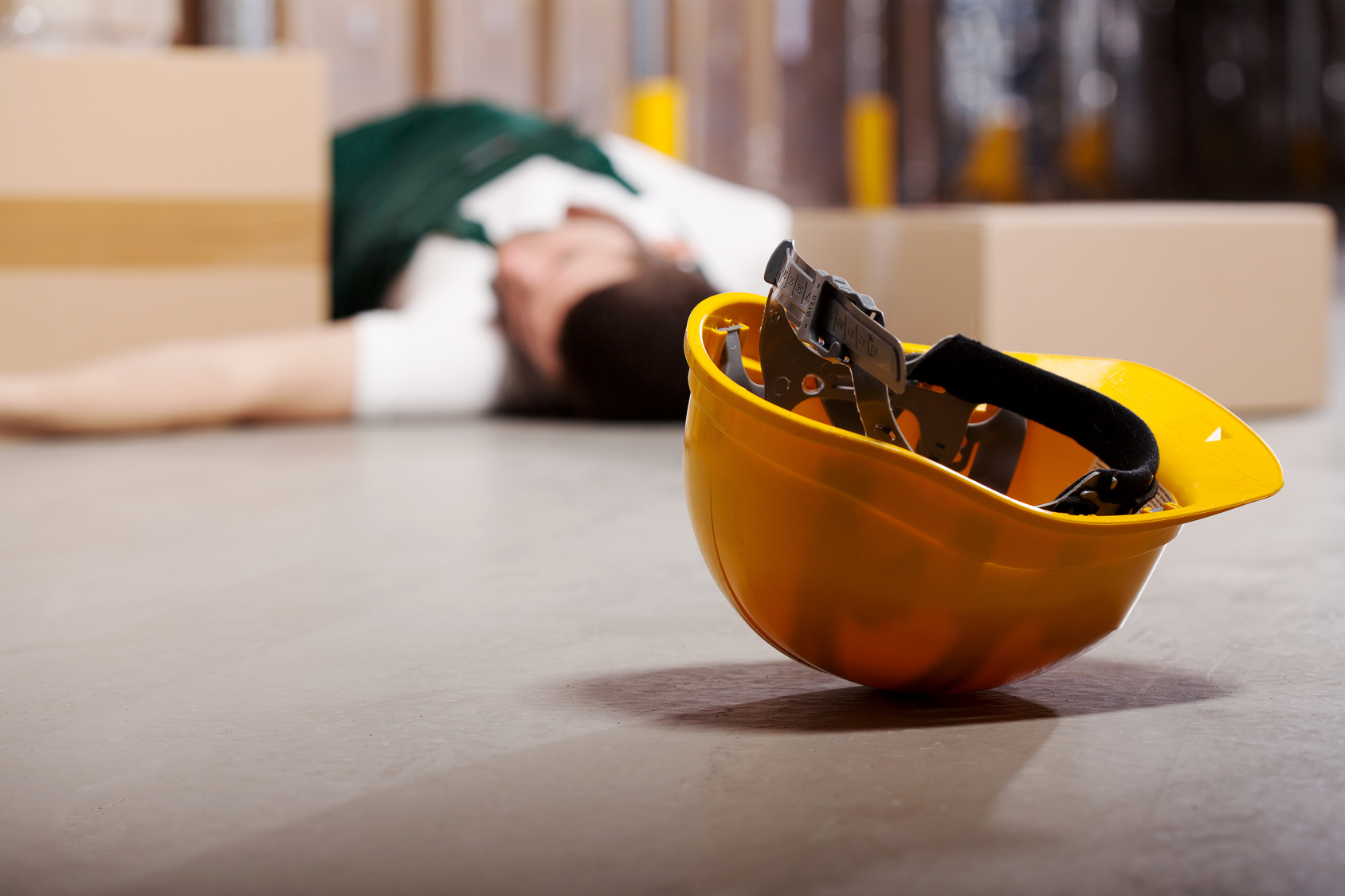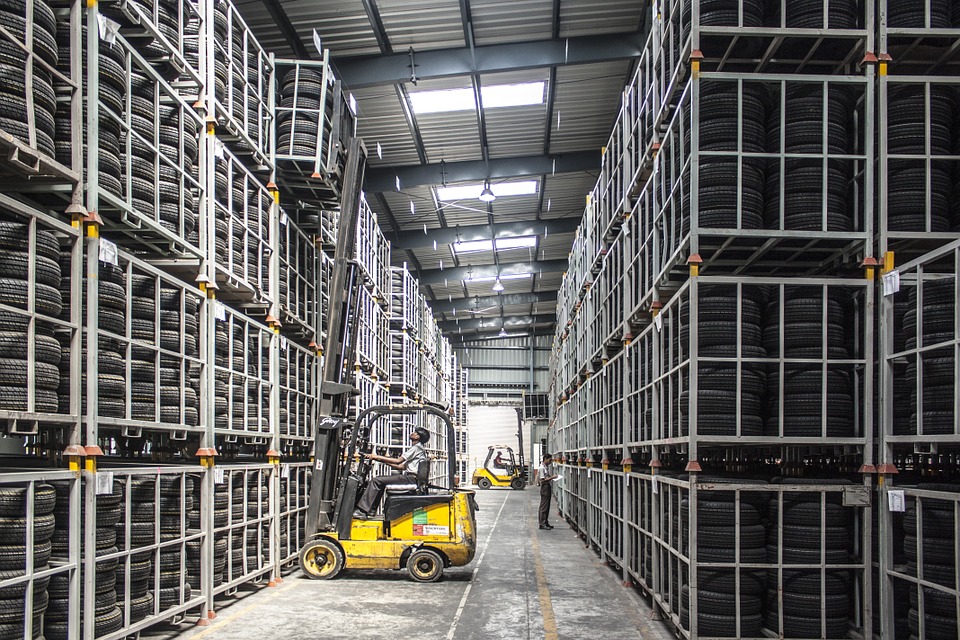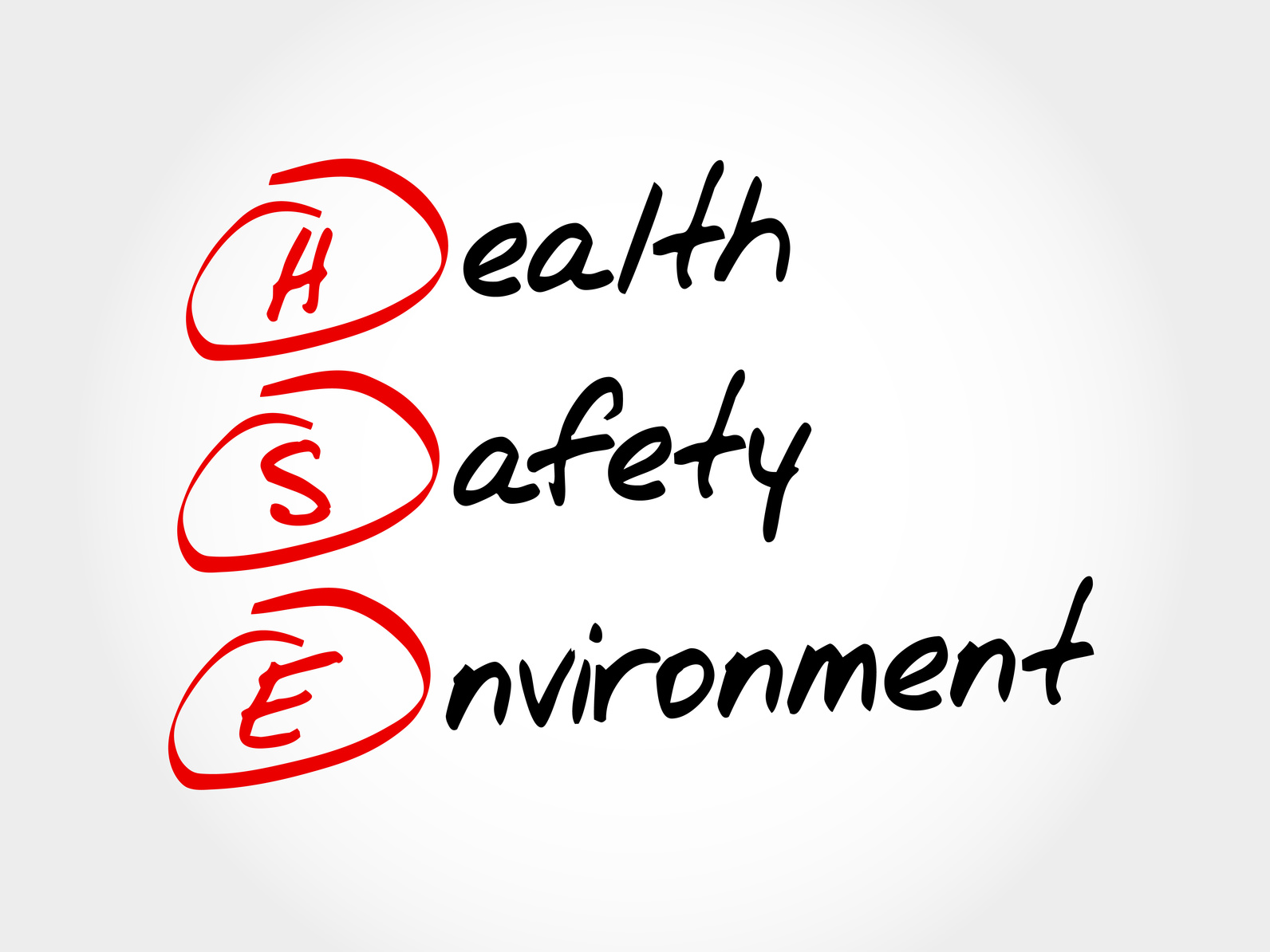Racking Inspection Services & Other Tips for Workplace Safety in 2017
2017 has well and truly begun, so here are some top safety tips for this year.
Each new year brings its own set of challenges, and each new challenge brings its own set of dangers. That’s why we here at Storage Equipment Experts are here to give our top safety tips for the year ahead. Alongside our well-reviewed racking inspection services (which include racking inspection training and racking inspections from a SEMA approved racking inspector), there are a couple of other handy tips that we’d like to give out.
We do this because we’re passionate about safety, because we’re passionate about what we do, and because we’re passionate about businesses having a safe 2017.
Write a Health and Safety Policy for Your New Business
A new year might mean a new business venture, but as journalist David Wolinsky discovered, many new businesses don’t even realise that their startup needs a health and safety policy. When a business is small and just getting off the ground, it can be tough to consider the many, many things you need to do. However, this does not get easier. Doing many, many things is what running a company is all about: it’s called business.
With any joy, your business will grow. However, as things get faster and busier, accidents are more likely to happen. That’s why writing a health and safety policy in those early stages is vital. Writing it later on, means that you’re not only running counter to HSE’s advice, but it also means you’ll be trying to implement a health and safety policy in a business where everybody already has a set way of doing things.
By introducing your health and safety policy first, and by making it one of the first things you do in your startup, you are laying a safe foundation for all work performed afterwards. You won’t need to worry about trying to make an unsafe way of doing things safer. Instead, your way of doing things will be safe from the ground up.
Don’t Get Complacent
2016 may have been a great year for your business, and congratulations if it was. However, 2017 is not the year to get complacent. It’s never been the year to get complacent and it never will be, because complacency is what kills businesses.
Nowhere is this truer than with safety. When a business relaxes its attitude towards health and safety, that’s when accidents happen. Rather than using the successes of the last year as an excuse to relax, use them as a motivation to keep pushing forward. Last year was successful because of high standards and a relentless attitude towards improving health and safety. If this year is going to be the same, then relaxing is not the way to go.
Racking Inspection Services from Storage Equipment Experts
We offer three different kinds of racking inspection services, all of which are designed to help businesses to be safer and better.
A FREE Racking Inspection Checklist
Our racking inspection checklist remains an extremely popular racking inspection service and that’s probably because it’s so reasonably priced at £0.00. Yes, it’s free! It was written by our SEMA approved racking inspector and systematically lists which parts of a pallet rack need to be inspected. However, before using our racking inspection checklist, we recommend our pallet racking inspection training (which is run by a SEMA approved racking inspector).
Pallet Racking Inspection Training
While pallet racking inspection training is not a legal requirement (for using our checklist or for inspecting racking), we do recommend it. This is because HSE states that the regular staff inspections should be performed by someone who is “technically competent”. We believe that the best way to ensure this kind of competence is through training from a certified expert — and HSE labels SEMA approved racking inspectors as “experts”.
Racking Inspections by SEMA Approved Inspectors
Performed by the best SEMA approved racking inspector (SARI) in the country and one of the only SARIs to have also passed SEMA’s cantilever racking course, our SARI delivers racking inspections to anywhere in the UK. From our base in London, we at Storage Equipment Experts are well connected to the rest of the country. Remember that HSE also recommends a racking inspection by a SEMA approved inspector at least once a year. So what better way to get 2017 off to a good start than with a visit from us?
Contact Storage Equipment Experts today for the best racking inspection services in the UK!

